Camellia Disease
bessandtrot
11 years ago
Related Stories
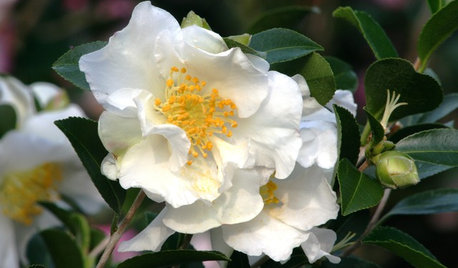
FLOWERSGreat Design Plant: Sasanqua Camellia
Pretty fall flowers belie this plant's hardworking nature and relative tough attitude toward disease
Full Story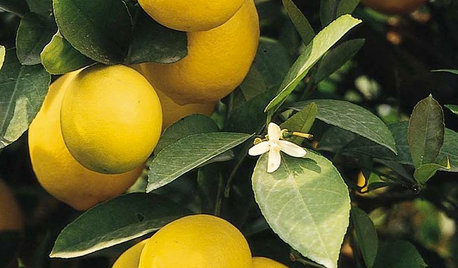
CALIFORNIA GARDENINGCalifornia Gardener's February Checklist
Celebrate 5 California classics: plants that defy winter with bright flowers, luscious fragrance and, for some, delicious taste
Full Story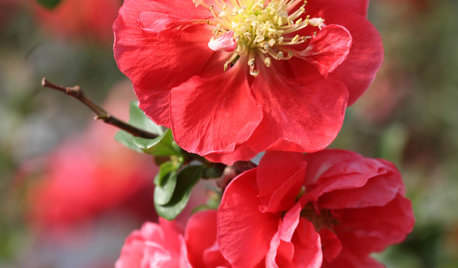
WINTER GARDENINGCalifornia Gardener's January Checklist
Winter-defying blooms and pruning saws earn a cheer, while California-focused gardening design books get a well-deserved shout-out
Full Story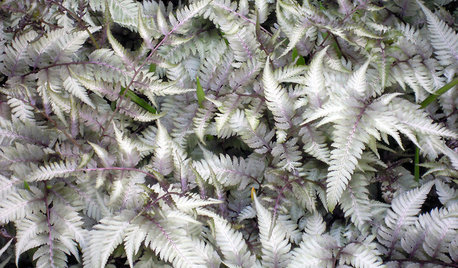
GARDENING GUIDESGreat Design Plant: Japanese Painted Fern Weaves a Garden Tapestry
Bring striking colors and texture to your woodland garden with Athyrium niponicum var. pictum
Full Story
GARDENING GUIDESWhat Kind of Roses Should You Grow?
Want to add the beauty of roses to your garden? Find out which ones, from old-fashioned to modern, are right for you
Full Story
GARDENING GUIDES10 Top Native Plants for the U.S. Southeast
For a low-maintenance and wildlife-friendly landscape, use Southern natives that withstand heat and humidity
Full Story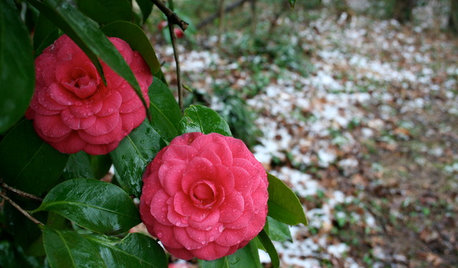
GARDENING GUIDESSoutheast Gardener's November Checklist
You're probably on top of planting bulbs, but don't forget to keep an eye on frost and drain your mower's gas tank
Full Story
FALL GARDENING7 Reasons Not to Clean Up Your Fall Garden
Before you pluck and rake, consider wildlife, the health of your plants and your own right to relax
Full Story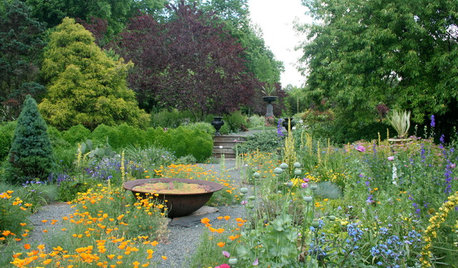
REGIONAL GARDEN GUIDESSoutheast Gardener's February Checklist
Pinch, prune and prepare this month — springtime's riches in the garden will be here before you know it
Full Story
SIDE YARD IDEASNarrow Trees for Tight Garden Spaces
Boost interest in a side yard or another space-challenged area with the fragrance and color of these columnar trees
Full Story





User
luis_pr
Related Professionals
Wrentham Landscape Architects & Landscape Designers · West Milford Landscape Architects & Landscape Designers · Norton Shores Landscape Architects & Landscape Designers · Matthews Landscape Contractors · Chattanooga Landscape Contractors · Columbine Landscape Contractors · Commack Landscape Contractors · Fort Atkinson Landscape Contractors · Glendale Heights Landscape Contractors · Panama City Beach Landscape Contractors · Ponte Vedra Beach Landscape Contractors · South Hackensack Landscape Contractors · Eastlake Landscape Contractors · Merrifield Landscape Contractors · Willoughby Swimming Pool Buildersjamesmaloy
restoner
idixierose
camelliagardener
Vicissitudezz
SavannahNana